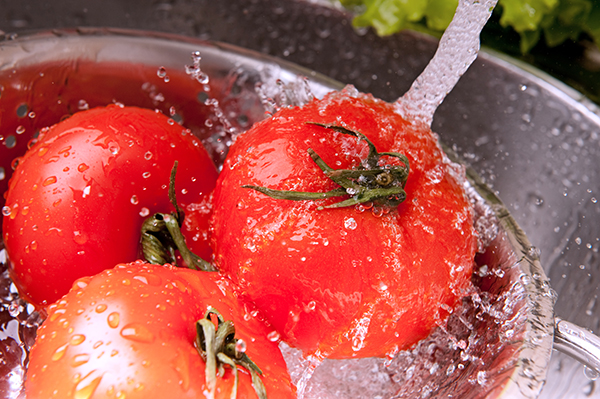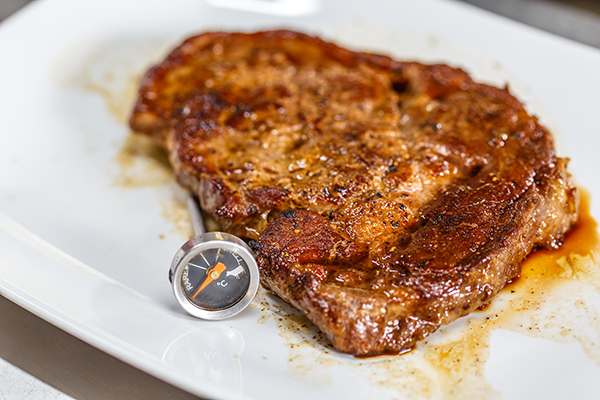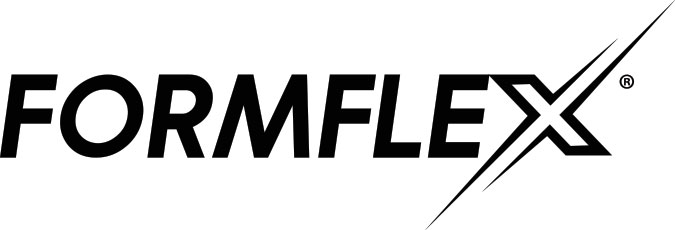A Date with Destiny: Understanding Food Labels and Product Dating
Like clockwork, around this time of year, we start to see an increase in questions related to food labels, so I thought I would devote this blog to the topic. We have discussed food labels within these blogs before, and although it has been a few years, you would likely find the topic if you searched hard enough, but it is an important topic and bears repeating.
For this blog, I wanted to specifically discuss the product or code dating that is included on most packages sent directly from the manufacturer. The same type of dating is included on products that you purchase from your local supermarket.
Outside of baby formula and some types of baby food, product dating is not necessarily required by federal law. For meat, poultry, and egg products, the use of dates is voluntary, but once used, they must be labeled in a “truthful and non-misleading manner”. Once a manufacturer starts to date products, there are a few requirements, such as how the date must be expressed on the packaging. But there is no universal system for food date labeling in the United States.
… contrary to popular belief, the dates are not an indication of safety, they are provided to allow the consumer and retailed to make informed decisions of which food is the best quality.
Further, contrary to popular belief, the dates are not an indication of safety, they are provided to allow the consumer and retailer to make informed decisions of which food is the best quality. I even find myself, at times, thinking it is a date by when the food ensured of safety, and that is simply not the case. One study, which explored sources of food waste, noted that close to 50% of consumers did not understand “best by”, “best before”, “use by”, or other types of food labels[1], while the National Resources defense Council noted 90% of consumers have discarded food because they misunderstood the food label[2].
Here is a summary of the types of dates you often see used. These are the same explanations provided by the Food Safety Inspection Service of USDA.
- A “Best if Used By/Before” date indicates when a product will be of best flavor or quality.
- A “Sell-By” date tells the store how long to display the product for sale for inventory management.
- A “Use-By” date is the last date recommended for the use of the product while at peak quality.
- A “Freeze-By” date indicates when a product should be frozen to maintain peak quality.
If the date passes during home storage, a product should still be safe and wholesome if handled properly until the time spoilage is evident. The same cannot be said for infant formula, these products should not be used after the “use by” date.
Now, most of the above information applies to consumers. For foodservice operations, the requirements are spelled out by the 2017 Food Code, stating, “the day or date marked by the food establishment may not exceed a manufacturer’s use-by date if the manufacturer determined the use-by date based on food safety.” Though, it is important to note that each jurisdiction may change or revise the code for their local area, so do check your code before taking this as the official rule.
I do hope you all have a great Holiday season and a very happy new year. Be sure to join us in 2021 for our SafeBites webinar series. Feel free to also reach out with any of your food safety questions, our food safety team at FoodHandler is committed to bringing you the most up-to-date food safety information and is committed to helping you improve your food safety programs. As we say at FoodHandler – Risk Nothing.
[1] Parfitt, J., Barthel, M., & Macnaughton, S. (2010). Food waste within food supply chains: quantification and potential for change to 2050. Philosophical transactions of the royal society B: Biological sciences, 365(1554), 3065-3081.
[2] National Resources Defense Council (2013, September 18). New Report: Food Expiration Date Confusion Causing up to 90% of Americans to Waste Food. Available at https://www.nrdc.org/media/2013/130918.
READ MORE POSTS
Welcome to National Food Safety Education Month!
In September of each year, we not only have the opportunity to celebrate Labor Day, but we also welcome National Food Safety Education Month! It is this time of the year when it is important to remember that Foodborne illnesses are still a major concern in the United States, although I am guessing many Americans don’t think about the safety of the food they eat as they go throughout their daily lives. The statistics show one in every six Americans will suffer from a foodborne illness each year, for a total of about 48 million cases each year.
Protecting Fresh Produce Post-Harvest, Integral to Safe Food
During the height of the summer, at least in the Midwest, farmers markets are in full swing and fresh produce is plentiful. Every backyard gardener is reaping the benefits of their work, with bountiful harvests of tomatoes and cucumbers. Everyone seems to have a neighbor who is trying to pawn off his or her over-production of cucumbers or summer squash during this time of year. When picking up that produce at the farmer’s market or from your neighbor down the street, have you ever given any thought to the microbial safety of it? Honestly, even in my position, it certainly is NOT the first thing that comes to my mind. But, earlier this month, I came across a news story out of Wisconsin discussing a Salmonella outbreak associated with shelled peas sold at a local farmers market. Who would have thought shelled peas would be impacted? The story noted, and it served as a great reminder, that most outbreaks associated with Salmonella in produce are due to mistakes made in handling or transportation of produce after harvesting.
Properly Cleaning and Sanitizing: The Right Chemical Mix to Maintain Ultimate Effectiveness
A few weeks ago, my family and I had the pleasure of setting sail on a cruise vacation. It is truly one of the only ways that I find that I am able to unplug from work and relax for a small spell. However, as I walked around the ship in our post-COVID world, I couldn’t help but admire all the extra cleaning steps the staff were undertaking to keep us all as safe as possible while in the middle of the ocean with 3,000 other vacationers. All of this cleaning and sanitizing had me thinking about how we each clean and sanitize our own operations and which chemicals we chose to use.
Proper Cooking Temperature: A Basic Food Safety Measure
Each summer, we see an increase in the incidence of foodborne illnesses. Perhaps this is because of the warmer temperatures making temperature control for Time/Temperature Control for Safety (TCS) food more difficult or perhaps it is the increased amount of people who are barbequing this time of year – it is National Picnic Month, after all!










